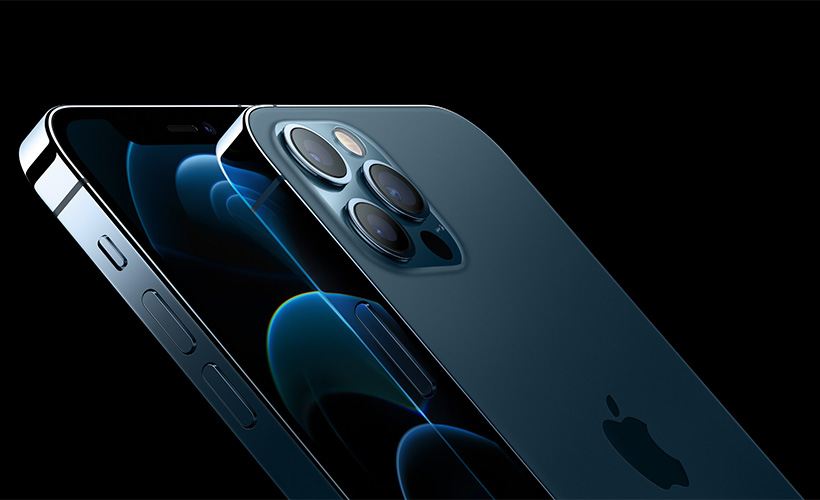
The iPhone 12 OLED display is better than your 4K TV [Video]
Video uploaded by Digital Trends on October 19, 2020
The Reality About the New iPhone’s Display: How Big a Letdown It Really Is?
So here it finally happened, as Freddie Mercury sang on a different occasion: the first ever disappointment related to Apple’s latest pride and joy known as the iPhone 12.
Until now, all the promises given in connection with the highly anticipated line including iPhone 12, iPhone 12 Mini, iPhone 12 Pro and iPhone Pro Max have come true: its water resistance turned out to be at least not weaker than the maker claimed, its ceramic covering is indeed as strong as anybody can hope, which has been proven by the harshest tests possible, the design as sleek as anyone can dream, and so on, and so forth.
And it was the same story with all the rumors which surrounded the devices in question before their release. The newest model really surpassed the previous one in every expected department, be that the speed, the packed power (of the processor and battery alike), the connectivity available (up to and including the famous 5G, of course), the flexibility, and that’s saying nothing about the features, options and software it comes with.
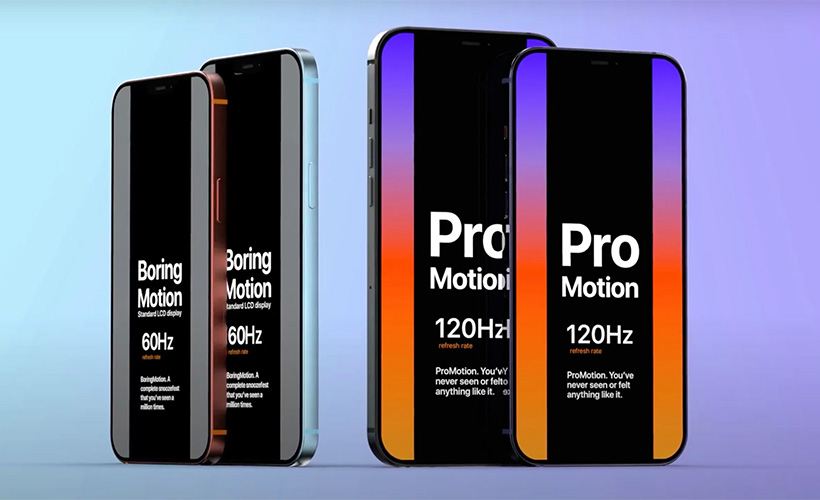
It was thought and actively gossiped by many a leaker that it will be doubled in comparison to what the-then best and newest models could offer, shooting up from 60 to 120Hz.
But then the excitement stopped abruptly for quite a few when one particular expectation suddenly didn’t come true: to wit, the iPhone 12’s display doesn’t surpass its iPhone 11’s counterpart in one particular respect, that being the refresh rate. It was thought and actively gossiped by many a leaker that it will be doubled in comparison to what the-then best and newest models could offer, shooting up from 60 to 120Hz. And yet, once the October launch finally materialized, it became clear that the familiar speed of 60 screen frames per second is here to stay for the time being, no matter how deep are the clientele’s pockets and how quickly they’ve managed to reserve their place in a queue. In other words, browsing through the applications, sites and photos on your iPhone – even on its highest-specced model – has not gotten any quicker or more fluid even with the arrival of the newest and shiniest Apple’s offering.
Now, coming to think of it, it’s not such an overwhelming issue per se (and that’s putting it mildly). Firstly, all the aforementioned goods, bells and whistles the new line offers (plus quite a lot of those which we haven’t enough space or time to talk about in this article) surely outweigh this one relative downside. And secondly, it’s indeed relative (not to say insubstantial), taking into account what this “measly” 60Hz can really do. Actually, you’ll have to be a truly eagle-eyed user to spot any notable difference in terms of browsing speed and visual flow, especially on a display as fine as those that Apple phones in general and iPhone 12 in particular come with.
Yet, as usual, herein lies the rub. And, frankly, more than one, in this case. One of which is the marketing context: one can’t view any novelty product by any major maker separately from the field of competition. The Mirror Land’s law still applies to the business: you have to run fast even to stay in one place, especially if that place is ahead of your rivals. Whenever you fall behind, even slightly, even in not-so-important respect, you create a threat to yourself, because the space freed is the space taken. And in this instance, it has already been taken by not one but two Apple’s competitors, one just as big a gun and one fast-developing and market-share hungry newcomer. Both Samsung and OnePlus now can (and, naturally, do) boast 120Hz-equipped phones among their assortment of models, the Galaxy S20 and 8 Pro respectively. Which is bound to make at least some dent in Apple’s armor, as far as many outside observers are concerned (laymen and professionals alike).
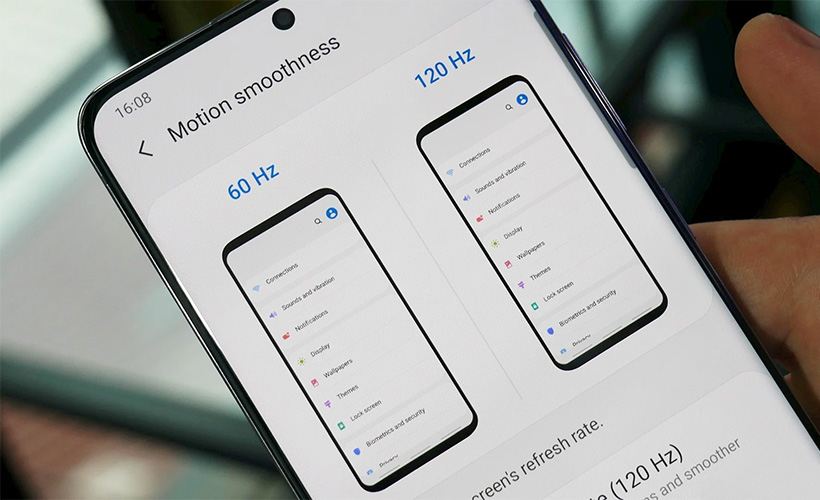
Both Samsung and OnePlus now can (and, naturally, do) boast 120Hz-equipped phones among their assortment of models, the Galaxy S20 and 8 Pro respectively.
And another issue with this situation resides in the fact that it inevitably raises the question about why Apple might have chosen such a course of (in)action. The answer to which question will – at least for some of those inquiring minds – just as inevitably go as follows: “Because they are not up to it”.
Now granted, not all will think so. Apple have enough followers, fans and supporters to be given benefit of the doubt by (and deservedly so, as their products are consistently excellent, and that includes the subject phone line, with or without 120Hz rate, mind). In fact, one of those in the know – namely, Jon Prosser who earned himself quite a name by its often-bearing-out leaks – has already put forward quite a reasonable theory of why the company kept their new models’ refresh rate unchanged. By his assumption, it would put too much of a strain on the smartphone’s battery, already taxed enough as it is by the 5G connectivity.
But sadly, this presumption – even if true – is, to a certain point, just another, if milder, way of saying “this time they proved not up to it”. Especially considering that this conspicuous absence is accompanied by another one – that of Apple’s own ProMotion screen technology also aimed to improve the display-using experience, which iPhone 12 was also expected to sport, becoming the first ever non-iPad device to do so.
And now that it hasn’t happened either, this will unavoidably edge Apple even closer to that dreaded falling-behind position in the eyes of the public at large. So let’s hope the company will come back with flying colors next time. It’s not like that is something new to Apple, after all.
Links
- iPhone – Official Apple Support
- Trade a Pre-owned iPhone Online – iGotOffer
- Everything About Apple’s Products – The complete guide to all Apple consumer electronic products, including technical specifications, identifiers and other valuable information.

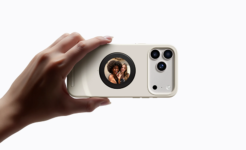

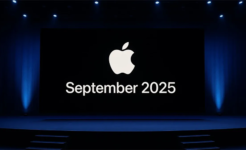
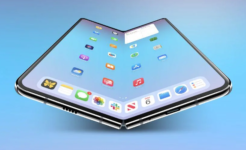

Facebook
Twitter
RSS